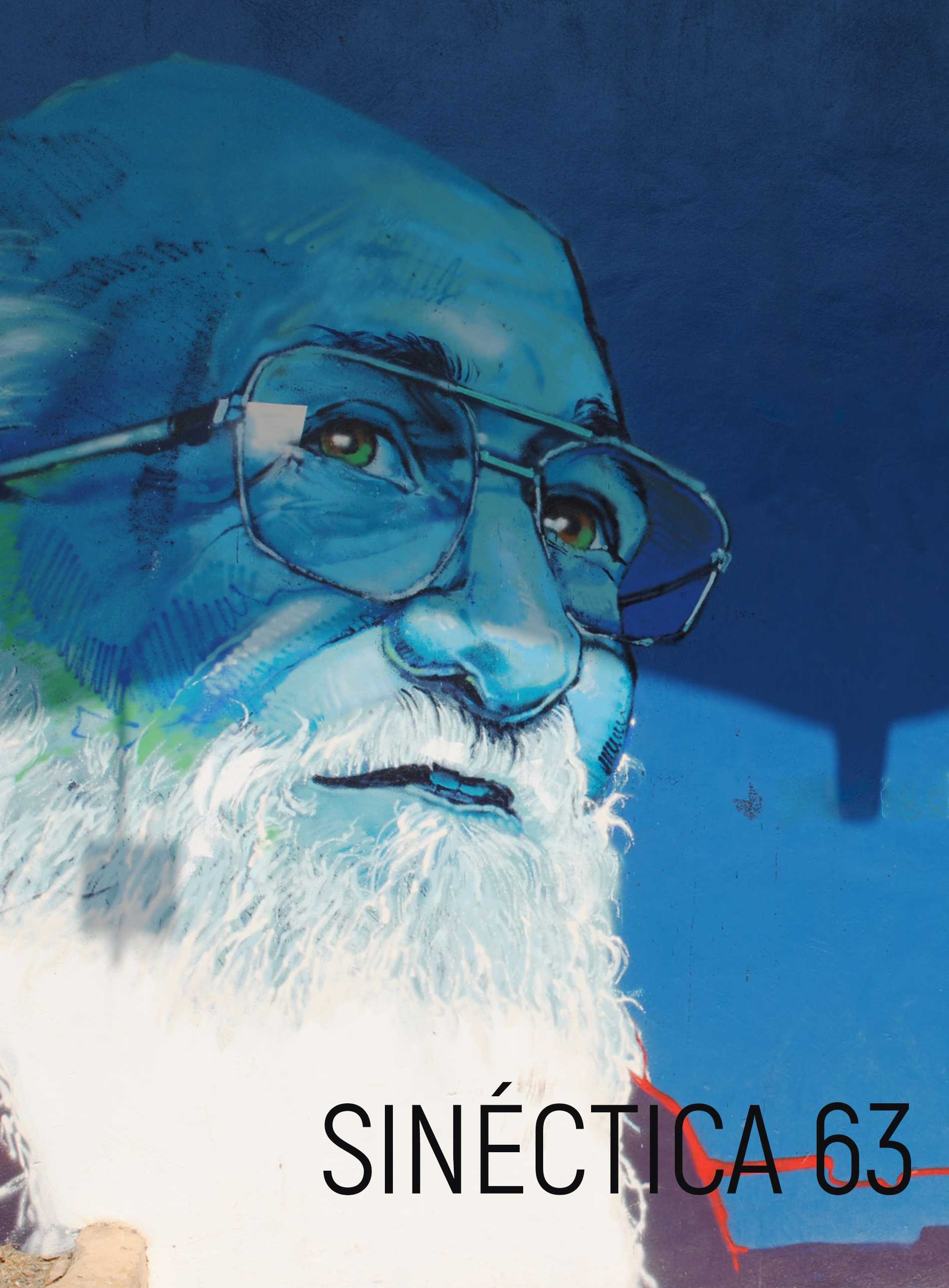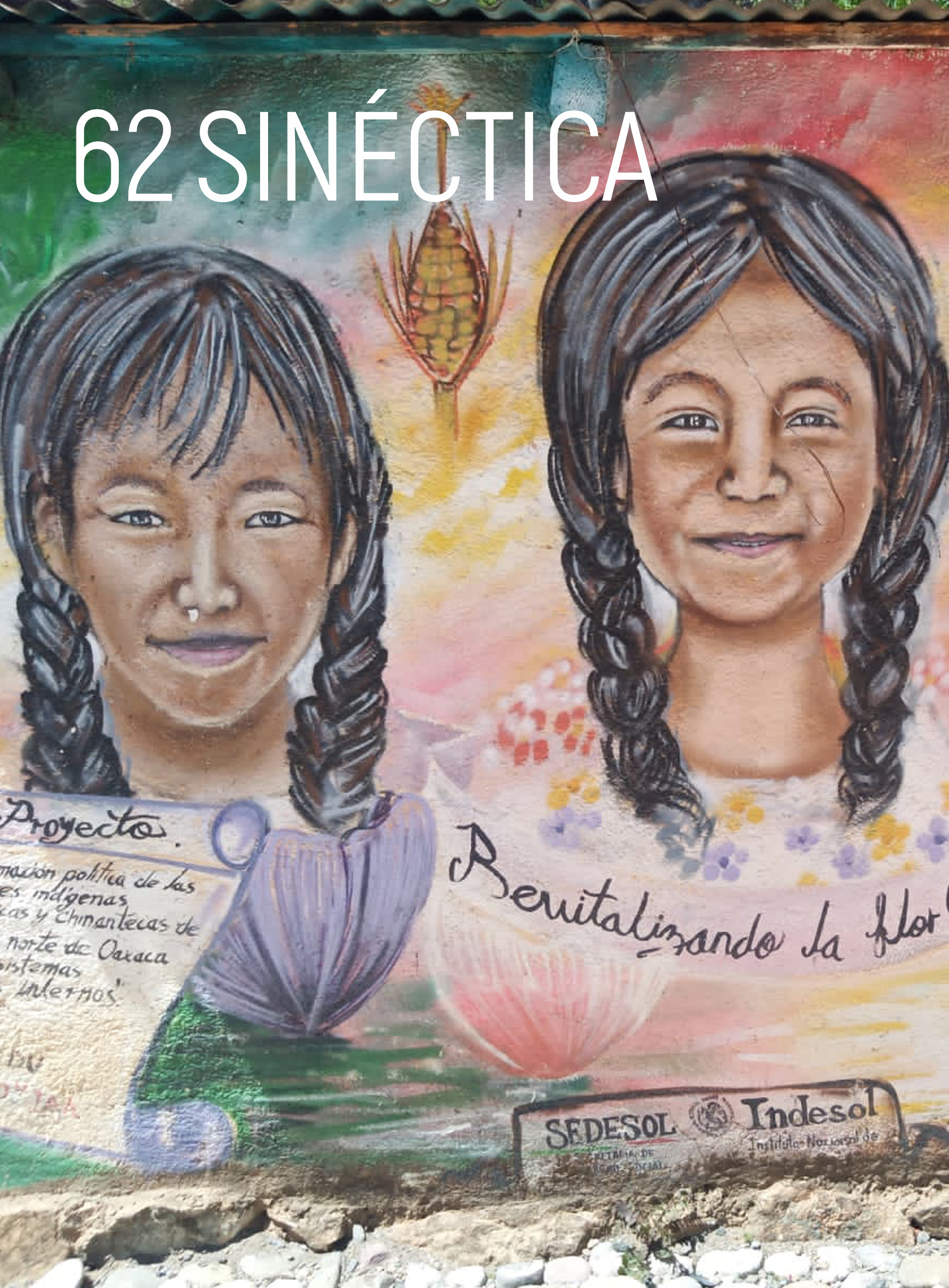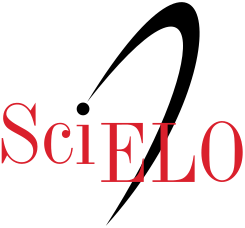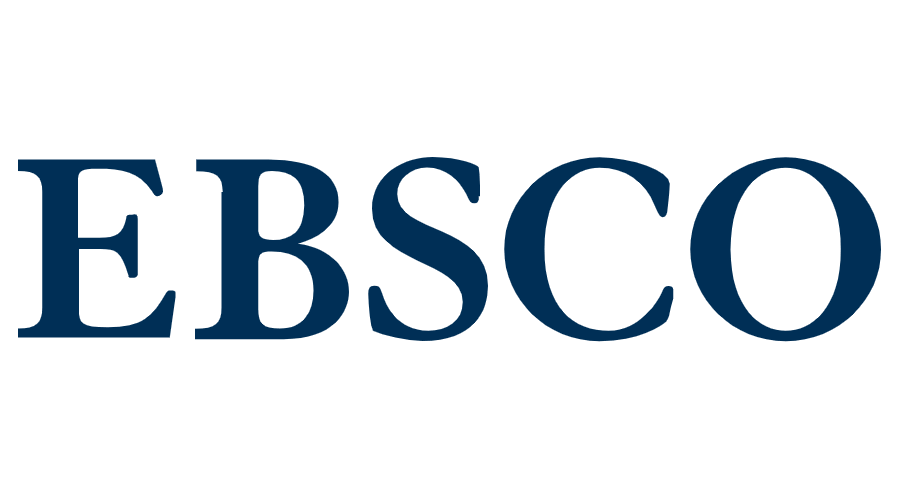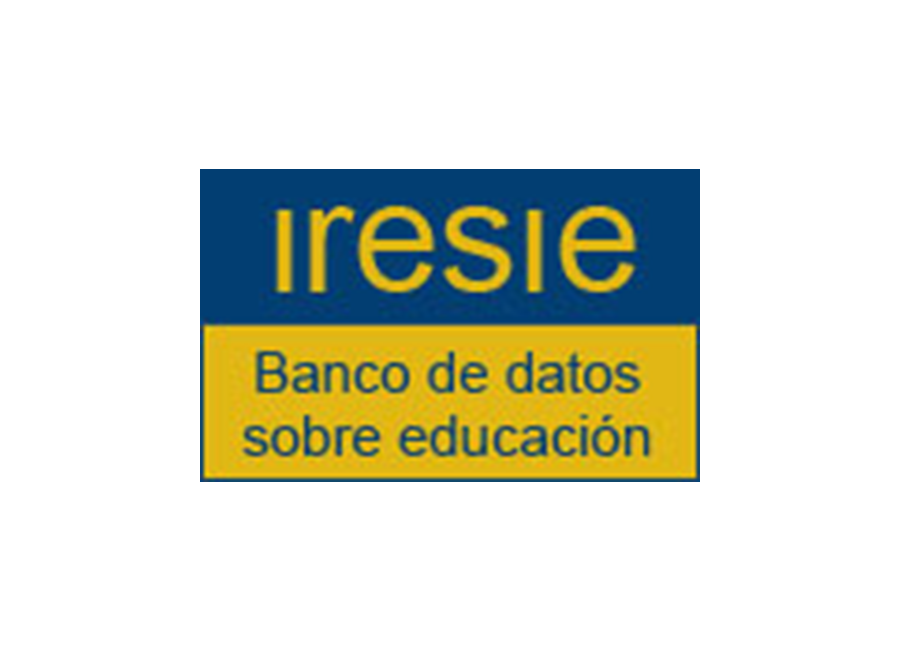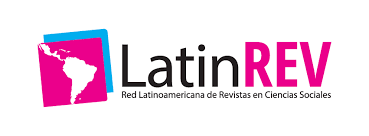Aportes de la Investigación Educativa y Retos Actuales de la Enseñanza de la Física
Abstract
La enseñanza de la ciencia, y en particular de la física, en el ámbito de educación básica es un tema que no es novedoso en nuestro país ni en el nivel internacional. A principios del si- glo pasado gracias a la importancia política que adquirieron los científicos durante el gobierno de Porfirio Díaz se hicieron a múltiples propuestas sobre enseñanza de las ciencias en el nivel elemental lo cual representó una innovación importante. Sin embargo estas propuestas estaban marcadas por una mirada positivista que pretendía que el simple planteamiento del conocimiento de la ciencia, descrito de manera sencilla y con un lenguaje accesible para los niños/as y los docentes podría asegurar su apro- piación y con ello la posibilidad de comprender el mundo desde una perspectiva científica.
Downloads
Downloads
Issue
Section
License
This work is licensed under a Creative Commons Attribution-NonCommercial 4.0 International license.
Authors who publish in Sinéctica agree to the following terms:
The authors retain copyright and grant the journal the right of first publication of the authorized work simultaneously under a Creative Commons Attribution License, which allows others to share the work as long as both the authorship of the work and the initial publication in this journal are acknowledged.
Authors may enter into additional separate contractual agreements for non-exclusive distribution of the published version of the journal (e.g., publishing in an institutional repository or a book), with acknowledgement of initial publication in this journal.
Authors are allowed to publish their work in institutional repositories or on their own website before and during the submission process, as it may generate productive exchanges, as well as earlier and greater citation of the published work.
Explanatory note: As of 2017 Sinéctica is governed by the Creative Commons Attribution Non-Commercial 3.0 International License, a version that standardizes licenses internationally.
Articles published between 1992 and 2016 are covered by a Creative Commons Attribution-NonCommercial-NoDerivatives 4.0 International license, which allows a work to be shared and distributed non-commercially and with acknowledgement of the author, but prohibits modification of the original creation.




